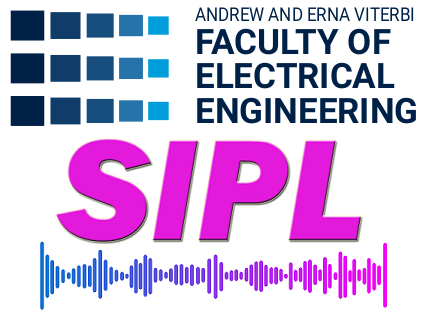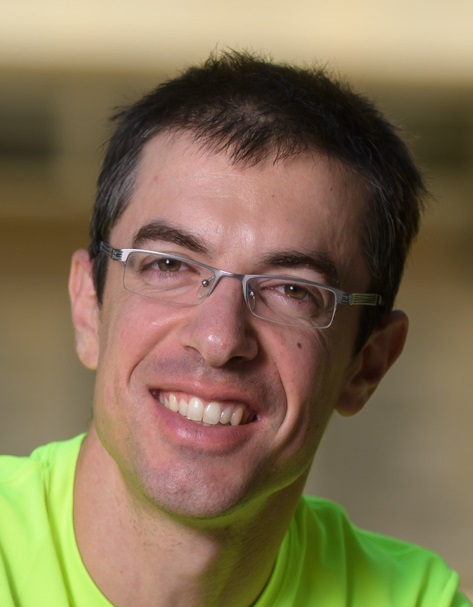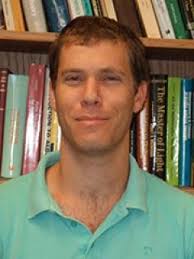Until recent years, the spatial resolution of diffractive imaging devices such as microscopes and ultrasound machines, was considered to be fundamentally limited, as first established by Ernst Karl Abbe almost 150 years ago. The 2014 Nobel prize in chemistry was awarded for methods which proved that although the diffraction limit poses a physical limitation, it can nonetheless be circumvented by altering the conventional measurement process in fluorescence microscopy. Drawing inspiration from microscopy, similar methods were applied to ultrasound imaging, achieving a precise mapping of sub-diffraction vascular networks deep within the tissue. However, although such techniques demonstrated unprecedented resolving power beyond the limit of diffraction, they lack in temporal resolution. Thus, the ability to image dynamic processes in sub-diffraction resolution is severely limited in these techniques.
In my work, I outline the main limitations of the pioneering super-resolution techniques, and present how fast super-resolution can be achieved by increasing fluorophore density and exploiting structural and statistical priors of the acquired signal. The first part of my work demonstrates that by exploiting sparsity in the correlation
domain, fluorescence microscopy can achieve sub-diffraction imaging with resolution comparable to state-of-the-art, while requiring two orders less the number of exposures. Next, I present how similar ideas can be extended to contrast enhanced ultrasound to achieve time-lapse imaging of super-resolved hemodynamic changes. Moreover, I also explain how in ultrasound we can further exploit the inherent motion of contrast agents to achieve Doppler processing in sub-diffraction resolution on one
hand, and on the other, how blood flow can be used as a structural prior for super-resolution. Lastly, I show that recent developments in the field of deep learning can also be applied to ultrasound imaging to achieve super-resolution, and to suppress tissue clutter signal for better visualization of blood vessels, as an initial step for further advanced processing.
BIO:
Oren Solomon is a Ph.D student under the supervision of Prof. Yonina Eldar.
Oren received his B. Sc. in electrical engineering from Ben-Gurion University , Beer-Sheva, in 2008 and his M. Sc. in electrical engineering from Tel-Aviv University in 2014. He is currently pursuing his Ph. D. degree in electrical engineering at the Technion-Israel Institute of Technology. His main research interests include theoretical aspects of signal processing, sampling theory, compressed sensing, medical imaging and optics, as well as deep learning. Oren was awarded The Andrew and Erna Finci Viterbi Fellowship Program for 2017.




